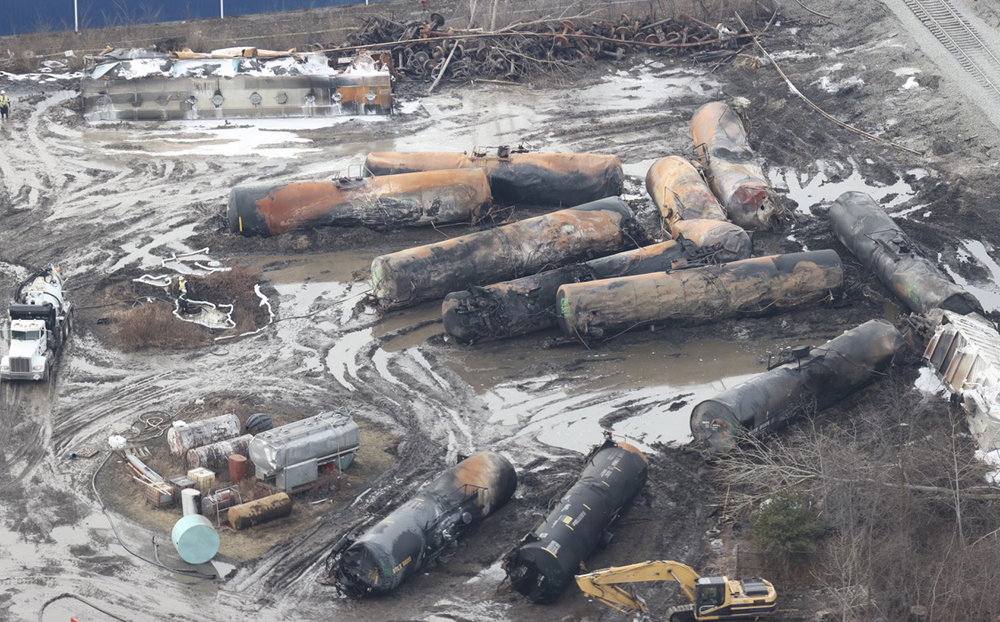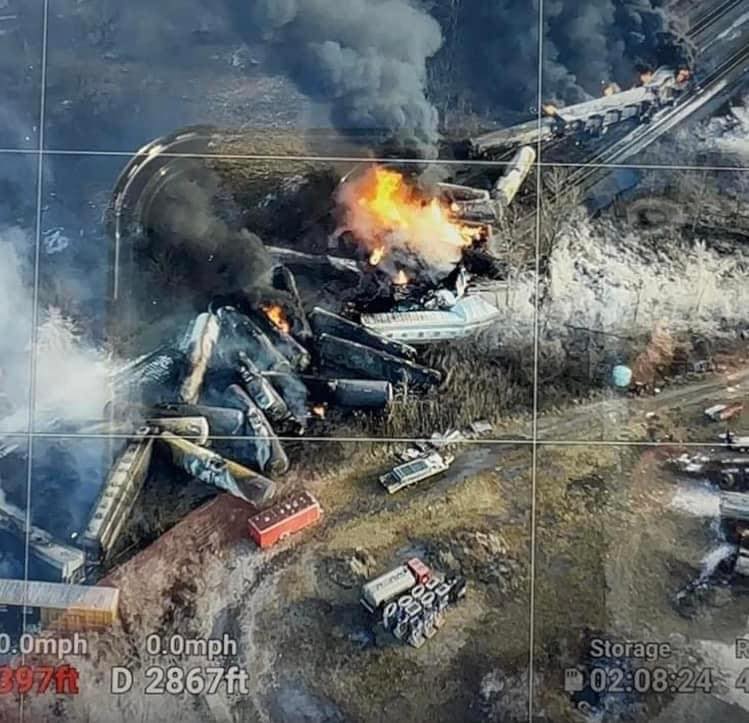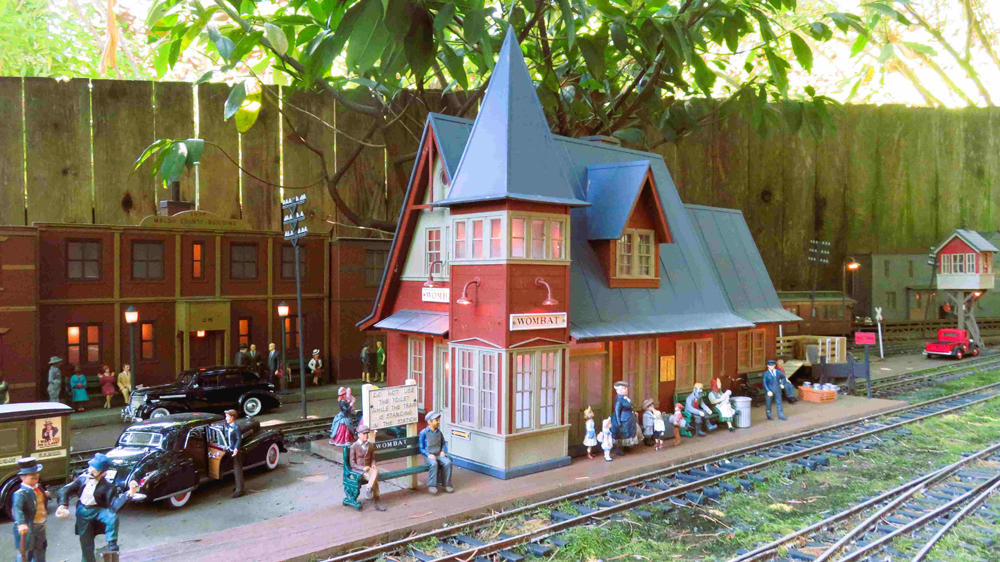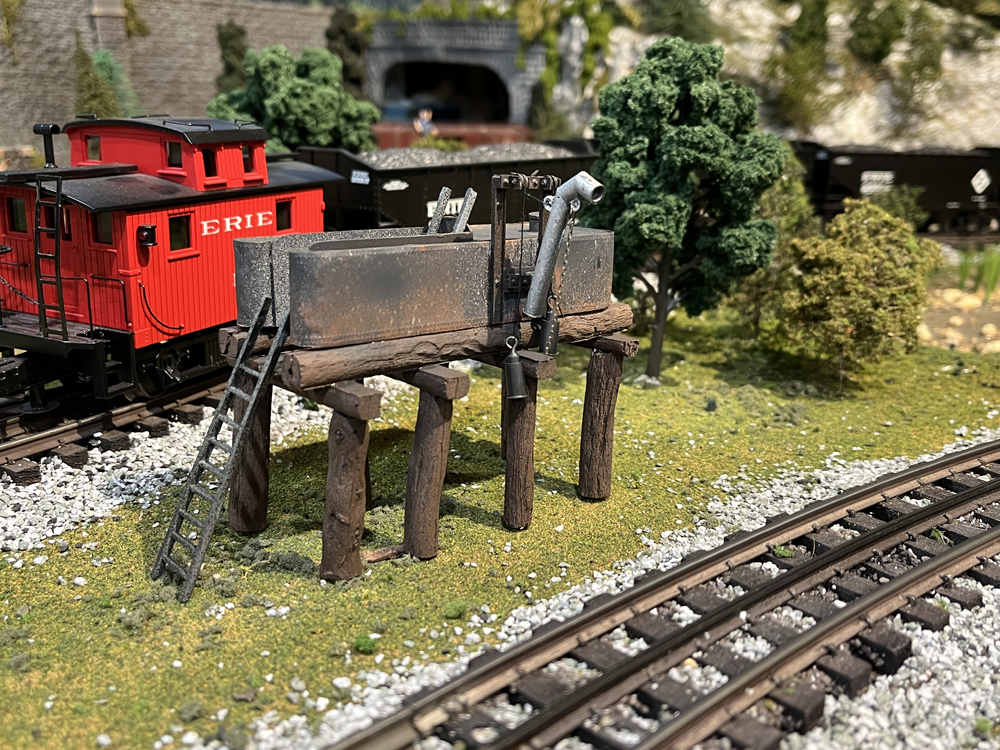
WASHINGTON — The U.S. Department of Transportation will propose a number of new rail safety initiatives on Tuesday in the wake of this month’s fiery derailment of a Norfolk Southern train that was carrying hazardous materials in East Palestine, Ohio.
Trains News Wire has learned that Transportation Secretary Pete Buttigieg on Feb. 21 will call on railroads to immediately take five steps he says will improve safety, including requiring the faster phase-out of older tank cars; providing state emergency response officials with advance notice of hazardous materials shipments through their communities; and deploying new inspection technologies without seeking permission to scale back inspections performed by rail workers.
Railroads also will be urged to join the Federal Railroad Administration’s Confidential Close Call Reporting program, which provides protections to workers who report safety concerns. The Class I railroads also will be asked to provide rail workers with paid sick leave, something that CSX Transportation and Union Pacific have already begun to do with some of the unions representing their workers.
“Profit and expediency must never outweigh the safety of the American people,” Buttigieg says in a statement. “We at USDOT are doing everything in our power to improve rail safety, and we insist that the rail industry do the same — while inviting Congress to work with us to raise the bar.”
Separately, DOT will pursue further rulemaking, to the extent that it can, on electronically controlled pneumatic (ECP) brakes for high-hazard flammable trains, defined as those transporting 20 or more loaded tank cars of a Class 3 flammable liquid in a continuous block, or a single train carrying 35 or more loaded tank cars of a Class 3 flammable liquid throughout the consist. Buttigieg has been critical of Trump-era regulations that he says have tied DOT’s hands on certain rulemaking matters.
DOT will step up inspections on rail routes that carry high-hazard flammable trains and trains that carry a significant amount of hazardous materials. It also will begin an inspection program that focuses on legacy tank cars and the railroads and shippers who have not yet upgraded to safer DOT-117 tank cars.
The agency also will advance its proposed train crew staffing rule, which calls for a minimum of two crewmembers for most railroad operations, and use federal programs under the Bipartisan Infrastructure Law to modernize and improve tracks, eliminate grade crossings, and improve rail safety.
Buttigieg will call on Congress to take five steps to improve rail safety. They include passing legislation that would:
- Allow DOT to increase maximum fines that can be imposed on railroads for violating safety regulations.
- Strengthen rules covering high-hazard flammable trains.
- Modernize braking regulations and “increase the use” of ECP brakes. (ECP braking systems are currently not in use.)
- Speed up phase-in of DOT-117 tank cars. The deadline is currently 2029.
- Increase funding for hazardous materials training for first responders.
DOT is scheduled to announce the safety push at 5 a.m. on Tuesday.
If the raft of new regulations ultimately winds up on the books, it will put the East Palestine derailment in the same category as other disasters that changed the regulatory landscape. They include Chase, Md. (locomotive engineer certification and mandatory drug testing); Chatsworth, Calif. (positive train control); and Lac Megantic, Quebec (stricter hazmat and tank car rules).










Ref: Terry Warner’s comments. Just looked at a film about the similar wreck in Mississauga, On, Canada (https://www.youtube.com/watch?v=J0ABvq3lLyU). Involved was a leaking tank car loaded w/ liquid chlorine exposed to fire. 250,000 evacuated because of phosgene gas threat. Makes me think maybe more should have been evacuated here. Same story overheated bearing.
On the pre-Conrail lines of NS hot box detectors are closer together usually about 7-10 miles. For instance south of Atlanta on the old Southern there are detectors at 165.7, 177.0,187.4,198.0, 209.6 and 217.0. Then distance was determined as the optimum distance for a bearing to go from cold to failure. For a train traveling at 30mph that would be about twenty minutes.
Just wondering, would a ground based conductor shadowing the train in a vehicle instead of being on the head end have seen this? In the event of an out of service detector could he have been directed to watch the train by the downed detector? Multiple people in the cab would not have prevented this, would they?
Mechanical systems fail, however the dis information is concerning. From where I stand it appears that the State does care. “These people don’t want regulations or Government let them be”, but they deserve correct science based information.
I am a professional in the Environmental field, these people at a minimum deserve to be given correct information. The sampling that an individual collects and submits is a snap shot in time. It means nothing! The sampling was NOT conducted by a competent individual, what was the QA/QC protocol, what are the lab detection levels, what are the contaminants of concern, where the sample collected in lab supplied bottles, how where the samples preserved, what is the hold time? What does the data mean? Is the laboratory methodology recognized by the scientific community? What are the units ppm, ppb, ug/ml? What are the Drinking water guidelines in the state of Ohio?
Ask the correct questions before looking at the data. What does the data mean?
You’re a professional and you can’t spell or use the correct word in a sentence properly? It’s were not where.
The most reasonable and cost-effective remedy is (as stated below) more frequent hot box and dragging equipment detectors, such as every 10 miles on high-volume routes, not 20-30 miles as is the norm on many at present. Empty Suit Pete’s ECP proposal is not genuine as he must understand that ECP requires an entire consist so-equipped. The typical mixed freight consist, like that which derailed, would not be ECP functional. Perhaps as ECP is improved unit train consists such as oil and ethanol could be so equipped, including assigned buffer cars.
Exactly. Where’s the requirement for acoustic bearing detectors on lines with 10million GT each year? or lines that carry X number of hazmat loads?
Here we go again. A politician proposing rules they know nothing about. “Increase use of EPC”? Petie probably doesn’t even know what that is or what it would take to implement it
You have to convince Wall Street that profit and expediency don’t outweigh safety…and that’s in ALL industries, not just railroading. As long as Wall Street only looks at business profit as “what have you done for me lately” as opposed to “how much growth was there over the last 10 – 20 years” you’ll never get safety as a top priority in any business(that includes airlines as well).
Nowhere in the DOT proposals does “hotbox detector” appear. The initial reports indicated the hotbox detector located in Salem was not operating. Had it been in working order, the disaster would likely have not happened.
Since Mayo Pete dodged the issue, perhaps NTSB will highlight the deficiency. It will be interesting to read what role, if any, the DPU had in the event.
I wasn’t aware of the malfunctioning detector. If one is not working, getting it back in operation should be priority 1.
Which if any of the above would have prevented / reduced the impact of this incident. My thoughts: more time for the car inspection crews to due their job, possibly closer placement of detectors. The final answers will not be known until the NTSB finishes its reports.